Chaharmahal and Bakhtiari – The Hidden Gem of Iran’s Mountains
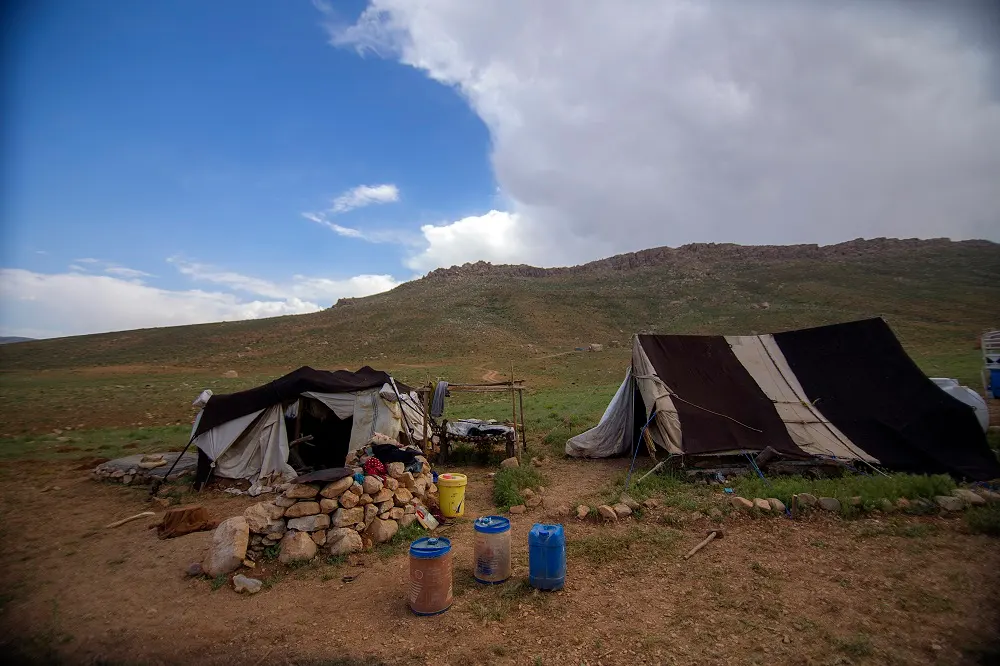
- Negin Masihi
- 16 August 2025
- Iran
- 3 minutes
Chaharmahal and Bakhtiari Province is one of Iran’s most stunning and least-explored destinations, located in the heart of the Zagros Mountains. Known for its breathtaking nature, rich culture, and warm hospitality, this province offers travelers a unique blend of adventure, history, and tradition. If you’re looking for pristine landscapes, high mountains, roaring rivers, and authentic Persian culture, this is the place to be.
Location and Climate
Situated in southwestern Iran, Chaharmahal and Bakhtiari shares borders with Isfahan, Khuzestan, Lorestan, and Kohgiluyeh and Boyer-Ahmad provinces. The capital city, Shahrekord, sits at an elevation of about 2,150 meters (7,050 ft), earning it the nickname “The Roof of Iran.”
The climate is mountainous, with cool summers and snowy winters, making it a year-round travel destination. Spring and summer are perfect for nature lovers, while winter attracts skiers to its alpine slopes.
Major Cities in Chaharmahal and Bakhtiari
Shahrekord – The provincial capital and a great starting point for exploring the surrounding attractions.
Farsan – Famous for its proximity to Kouhrang springs and lush pastures.
Saman – Home to walnut and almond orchards and the historical Zaman Khan Bridge.
Lordegan – Known for its waterfalls and oak forests.
Kouhrang – A center of nomadic migration and the source of major Iranian rivers.
Boroujen, Ardal, and Ben – Each offers its own unique landscapes and local markets.
Stone Lions of Chaharmahal and Bakhtiari
The Stone Lion is one of the cultural and historical symbols of Chaharmahal and Bakhtiari, traditionally placed on the graves of brave warriors and prominent figures of the Bakhtiari group. These statues, carved in the shape of a lion, represented courage, strength, and the social status of the individual during their lifetime. Beyond their artistic value, the stone lions reflect the beliefs, traditions, and warrior spirit of the Bakhtiari people. Today, they are regarded as a valuable cultural heritage, attracting the interest of researchers and enthusiasts of history and anthropology.

The Stone Lion
Best Places to Visit in Chaharmahal and Bakhtiari
Dimeh Spring – The crystal-clear source of the Zayandeh River.
Darreh Eshgh (Valley of Love) Waterfall – A spectacular waterfall surrounded by green valleys.
Choghakhor Wetland – A birdwatcher’s paradise with migratory species.
Kouhrang Lake – Ideal for boating and camping.
Zaman Khan Bridge – A Safavid-era stone bridge spanning the Zayandeh River.
Sarab Cave – A mesmerizing cave with natural limestone formations.
Chelgerd Ski Resort – One of Iran’s top destinations for winter sports.
Language, Music, and Culture
The majority of the population speaks Bakhtiari, a dialect of the Luri language, while Persian is widely used in cities.
Music is an integral part of Bakhtiari culture, often performed with instruments such as the sorna (a type of oboe), dohol (drum), and kamancheh (spiked fiddle). Traditional songs range from heroic ballads to love melodies, reflecting the region’s deep connection with nature and history.
Bakhtiari Traditional Clothing
Men traditionally wear wide black trousers, long tunics, and felt hats known as Kolāh-e Lori. Women’s attire is vibrant and colorful, featuring layered skirts, embroidered vests, and floral headscarves. These clothes are both aesthetically striking and adapted to the region’s mountainous climate.
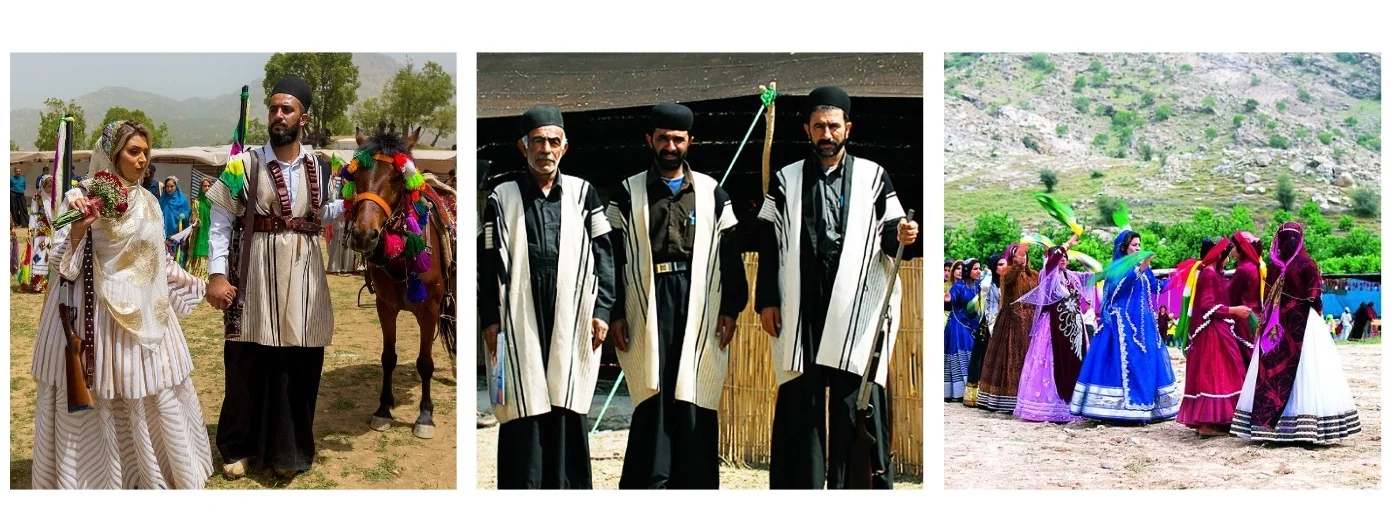
Chaharmahal and Bakhtiari
Local Food and Culinary Delights
Chaharmahal and Bakhtiari’s cuisine is hearty, fresh, and rooted in nomadic traditions. Popular dishes include:
Bakhtiari Kebab – A delicious mix of lamb and chicken grilled over charcoal.
Ash-e Doogh – A warm yogurt-based soup with herbs, perfect for cold days.
Sholeh Bakhtiari – A local version of Persian haleem made with wheat and meat.
Kashk-o Bademjan – Roasted eggplant dip with fresh dairy from local herders.
Fresh dairy products, especially yogurt and doogh (a yogurt drink), are staples in daily meals.
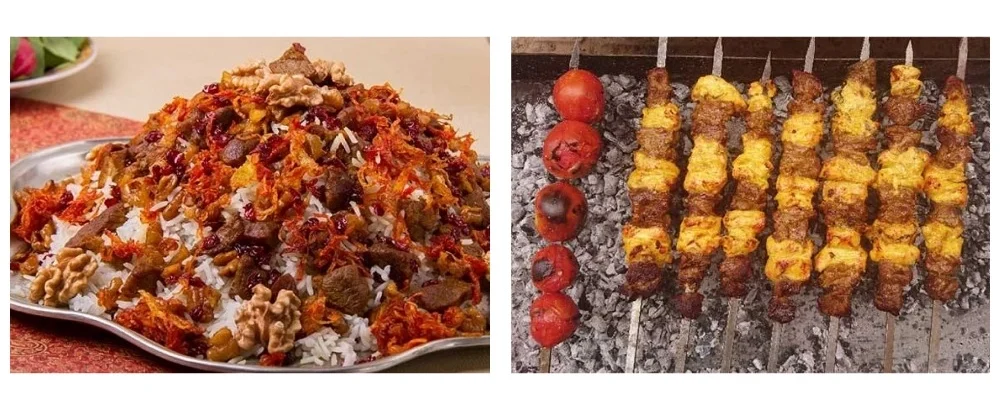
Chaharmahal-and-Bakhtiari
Festivals and Local Traditions
Bakhtiari Wedding Ceremonies – Colorful celebrations with music, dance, and the famous stick dance (Choob Bazi).
Nomadic Migration (Kooch) – Every spring and autumn, Bakhtiari nomads move between summer and winter pastures, an incredible living tradition to witness.
Nowruz in Bakhtiari Land – The Persian New Year celebrated with special dishes, local games, and family gatherings.
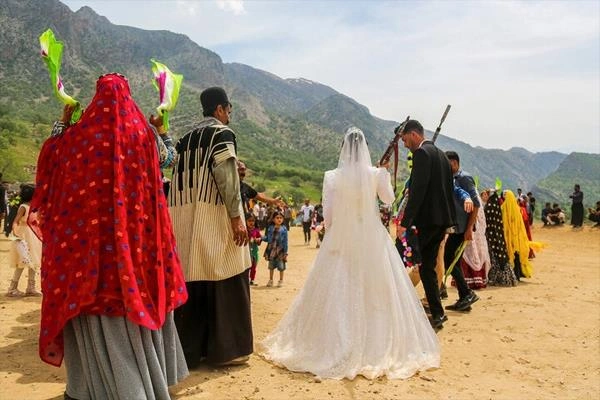
Nomadic Migration
Unique Facts About the Province
The province is the source of two major Iranian rivers: Karun and Zayandeh Rud.
It is one of Iran’s top producers of walnuts and almonds.
Over 250 natural springs dot the region, earning it the title “Land of Springs.”
Nomadic life is still very much alive, offering travelers a rare glimpse into traditional Persian pastoralism.
Why Visit Chaharmahal and Bakhtiari?
For travelers seeking authentic experiences far from mass tourism, Chaharmahal and Bakhtiari is a dream come true. Whether it’s trekking through the Zagros Mountains, skiing in Chelgerd, camping by Kouhrang Lake, or sharing tea with Bakhtiari nomads, every moment here feels like stepping into a different time.
Travel Tip: The best time to visit is from April to early October for pleasant weather, but winter offers a unique charm for snow lovers.






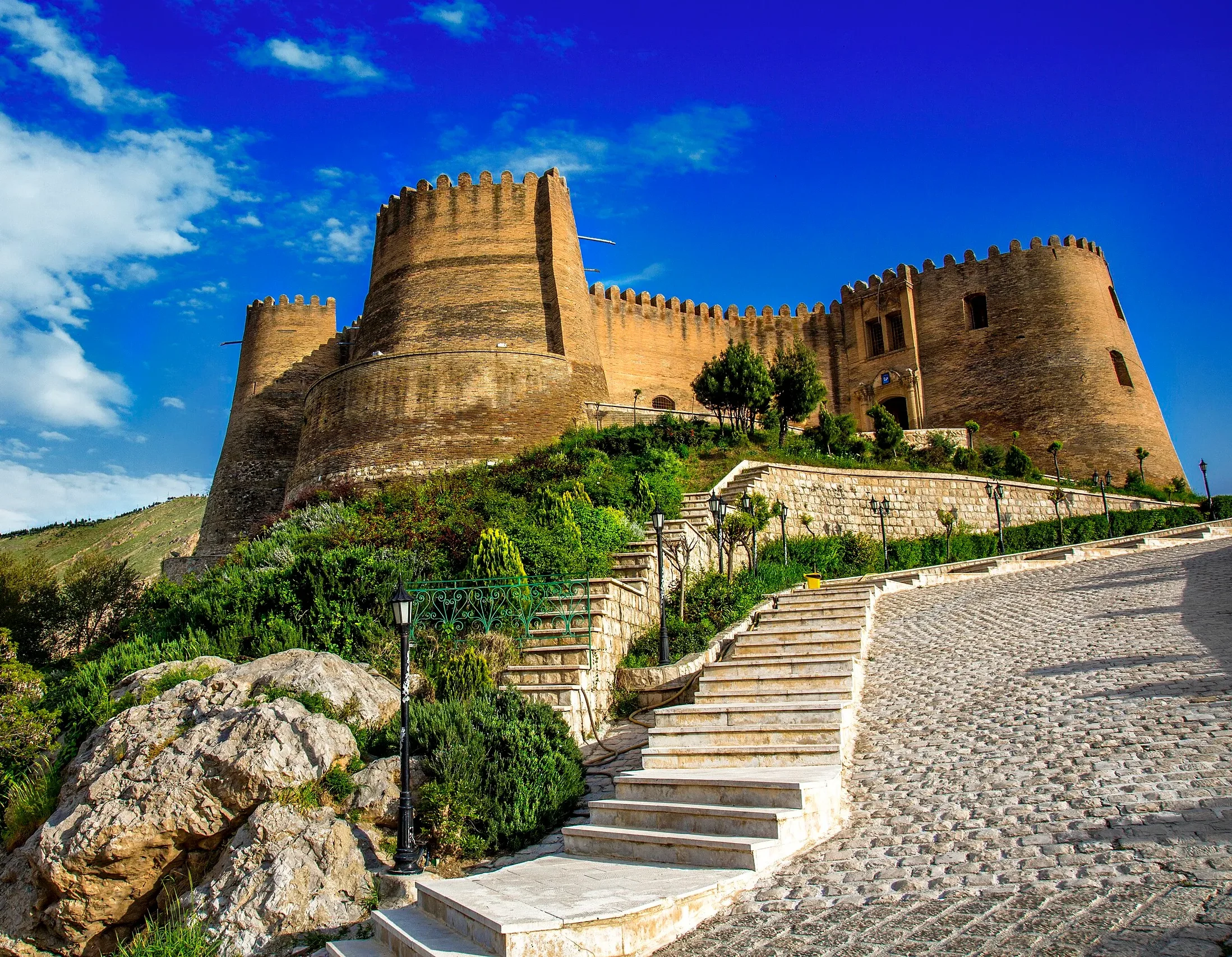

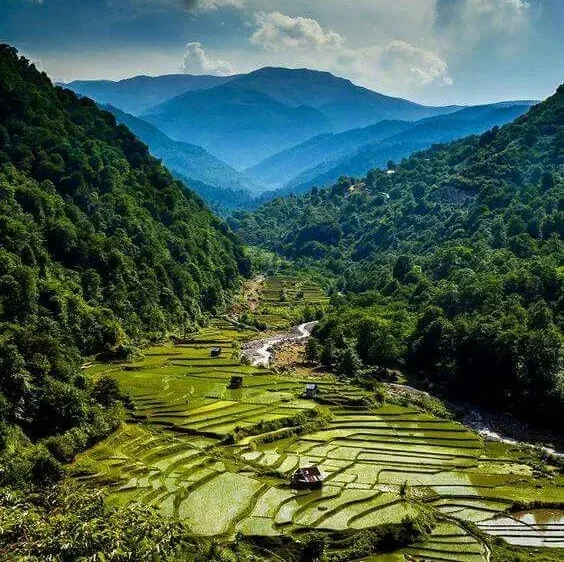
Comments